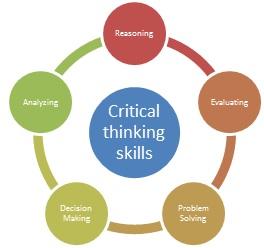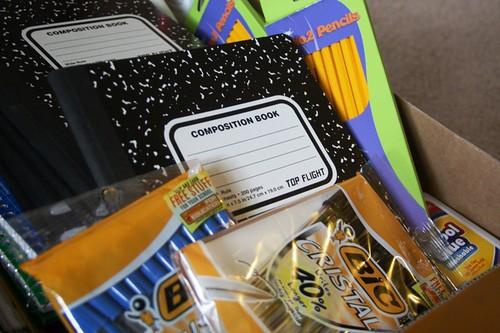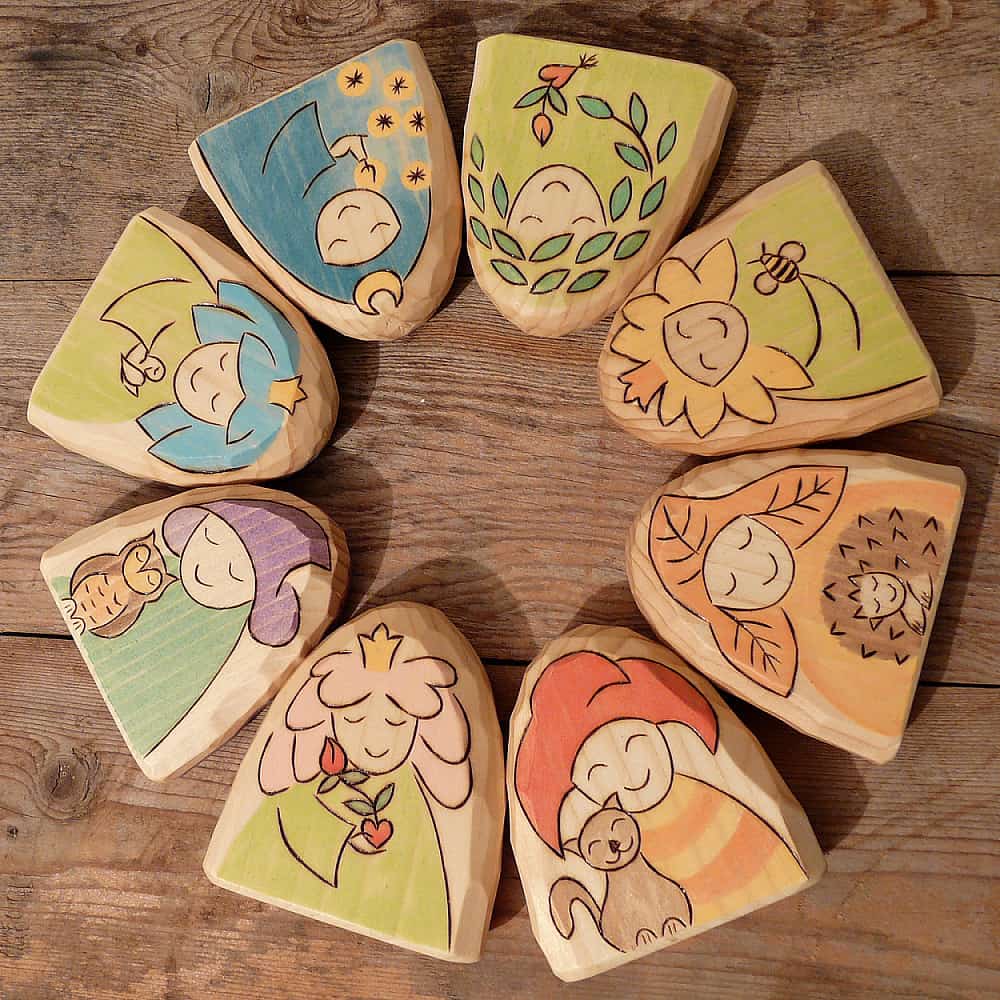Homeschooling has become an increasingly popular option for families seeking personalized and flexible education for their children. As more parents embrace this educational approach, the challenge often lies in creating engaging and effective learning experiences at home. *Homeschool activities* can range from traditional worksheets to interactive, hands-on projects that make learning both fun and impactful.
By incorporating a variety of educational homeschool activities, you can cater to different learning styles and keep your children motivated. Activities like science experiments, gardening projects, and art crafts not only reinforce academic concepts but also teach valuable life skills. Moreover, these activities provide an excellent opportunity for children to explore their interests and passions, fostering a love for lifelong learning.
To get started, it’s essential to have a well-thought-out plan that includes a mix of subjects and activities. This ensures that your children receive a balanced education while staying engaged and excited about learning. From nature walks to cooking lessons, the possibilities are endless!
Visit our website to learn more and get started today! Click here.
Interactive Science Experiments

One of the most exciting aspects of homeschooling is the ability to conduct *interactive science experiments* right in your own home. These activities not only make science concepts tangible but also ignite a sense of curiosity and exploration in children. From simple chemical reactions to more complex physics demonstrations, there are endless possibilities to explore.
For younger children, consider starting with basic experiments such as creating a baking soda and vinegar volcano. This classic experiment helps illustrate chemical reactions and can be enhanced by discussing the science behind it. For older students, more sophisticated projects like building a simple circuit or growing your own crystals can provide deeper insights into physics and chemistry.
Here are a few ideas to get you started:
- Magnet Exploration: Use different types of magnets to explore magnetic fields and forces. Have your children predict and test which objects will be attracted to the magnets.
- Plant Growth Observation: Plant seeds in different conditions (light vs. dark, wet vs. dry) and have your kids record their observations. This can be a great introduction to the scientific method.
- Density Demonstration: Create a density tower using liquids like oil, water, and honey to show how different substances interact based on their densities.
These experiments not only reinforce scientific concepts but also teach critical thinking and problem-solving skills. Remember, the goal is to make science fun and engaging, so encourage your children to ask questions and make predictions as they conduct each experiment.
Creative Writing Projects

Engaging your children in *creative writing projects* can be a highly effective way to enhance their literacy skills while fostering imagination and self-expression. These activities allow kids to explore different genres, develop their own writing style, and improve their grammar and vocabulary in a fun and interactive way.
One popular project is to encourage your children to write their own short stories. Start by helping them brainstorm ideas and create an outline. They can then develop characters, settings, and plots, bringing their stories to life. This activity not only boosts their writing skills but also helps with organizing thoughts and ideas logically.
Another exciting project is creating a family newspaper. Assign different roles such as editor, reporter, and photographer to each family member. Your kids can write articles about daily events, interesting facts, or even fictional stories. This project teaches them about journalism, teamwork, and meeting deadlines.
Here are a few more ideas to inspire your creative writing sessions:
- Journaling: Encourage your children to keep a daily journal where they can write about their thoughts, dreams, and daily experiences. This helps with self-reflection and emotional expression.
- Poetry Writing: Introduce your kids to different forms of poetry, such as haikus, limericks, and free verse. Let them experiment with rhyme, rhythm, and language to create their own poems.
- Letter Writing: Have your children write letters to family members, friends, or even historical figures. This can improve their persuasive writing skills and teach them the art of formal communication.
These creative writing projects not only make learning enjoyable but also develop essential skills that will benefit your children in all areas of their education. Encourage them to share their work and celebrate their creativity!
Math Games and Puzzles

Incorporating *math games and puzzles* into your homeschooling routine can transform math from a daunting subject into an exciting adventure. These activities provide a hands-on, interactive way for children to develop their numerical and problem-solving skills, making learning both engaging and effective.
One of the most effective types of math games is board games that involve counting, strategy, and problem-solving. Games like *Monopoly*, *Chess*, and *Sudoku* not only make math fun but also teach children about budgeting, logical thinking, and strategic planning.
For younger children, simple counting games and puzzles can be very beneficial. Activities like sorting objects by size, shape, or color, or playing with number blocks can help them understand basic math concepts. *Counting games* such as counting the number of steps they take or the number of apples in a basket can also reinforce these skills.
Here are a few more ideas for incorporating math games and puzzles into your homeschool curriculum:
- Math Card Games: Use a deck of cards to play games like *Math War* where players compare two cards and the one with the higher value wins. This helps with quick thinking and number recognition.
- Online Math Puzzles: Websites and apps offer a variety of math puzzles and games that are both educational and entertaining. These can range from simple addition and subtraction to more complex algebraic problems.
- DIY Math Puzzles: Create your own puzzles using everyday objects. For example, you can make a puzzle out of a cereal box by cutting it into different shapes and asking your child to solve it by fitting the pieces together.
These math games and puzzles not only help children grasp mathematical concepts but also develop critical thinking and problem-solving skills that are crucial for their academic growth. Encourage your kids to tackle new challenges and watch their confidence in math soar!
History Through Storytelling

Transforming history lessons into captivating stories can make learning about the past an exciting adventure for children. *History through storytelling* allows kids to connect with historical events and figures on a personal level, making the subject more relatable and memorable.
Begin by selecting stories that are age-appropriate and engaging. Biographies of famous historical figures like *Albert Einstein*, *Marie Curie*, and *Martin Luther King Jr.* can provide children with insight into the lives and achievements of these individuals. By narrating their journeys, struggles, and triumphs, you bring history to life in a way that textbooks can’t.
Incorporate *historical fiction novels* into your curriculum. Books like *”The Boy in the Striped Pajamas”* or *”Number the Stars”* offer a window into specific historical periods, allowing children to experience events through the eyes of characters their age. These stories often include elements of drama, adventure, and personal growth, making history a compelling subject.
Interactive storytelling can also be effective. Create a timeline of events and have your children act out significant moments. Encourage them to take on roles of historical figures and narrate their own experiences. This role-playing method not only makes history fun but also helps children develop empathy and a deeper understanding of different perspectives.
Here are some additional tips for using storytelling to teach history:
- Use Multimedia Resources: Incorporate videos, documentaries, and audio recordings to complement your stories. Visual and auditory elements can enhance understanding and retention.
- Visit Historical Sites: If possible, take field trips to museums, historical landmarks, and reenactments. Seeing history in person can be a powerful learning tool.
- Create Your Own Stories: Encourage your kids to write their own historical stories based on their research. This activity fosters creativity and reinforces their knowledge.
By telling stories, you turn history from a series of dates and facts into a vibrant tapestry of human experiences, making it an enjoyable and enlightening subject for your homeschool curriculum.
Outdoor Learning Adventures
Engaging kids in *outdoor learning adventures* is a fantastic way to combine education with the joys of nature. The outdoors provides a dynamic classroom where children can explore, discover, and learn through hands-on experiences that stimulate their curiosity and foster a love for the environment.
Start with nature walks and hikes. These activities can be tailored to different educational themes such as botany, ecology, and geology. Equip your kids with a magnifying glass, a notebook, and a sketchpad. Encourage them to observe various plants, insects, and rock formations, note down their observations, and sketch what they see. This not only enhances their observational skills but also teaches them to appreciate the biodiversity around them.
Gardening is another excellent outdoor learning activity. It teaches children about plant life cycles, ecosystems, and the importance of sustainable practices. Let them participate in every step—from planting seeds to harvesting crops. This hands-on involvement can instill a sense of responsibility and achievement as they watch their plants grow and thrive.
Incorporate *geocaching* into your outdoor adventures. This modern-day treasure hunt uses GPS to find hidden caches, making it an exciting way to teach kids about navigation, coordinates, and map reading. Geocaching can also be a gateway to learning local history, as caches are often placed in historically significant locations.
Birdwatching is another activity that can be both relaxing and educational. Equip your children with binoculars and a bird guidebook. Encourage them to identify different bird species, learn about their habitats, and understand their roles in the ecosystem. This activity can help develop patience, attention to detail, and a deeper connection to nature.
Here are some tips for successful outdoor learning:
- Prepare Ahead: Plan your activities and gather necessary materials in advance to make the most of your outdoor time.
- Dress Appropriately: Ensure your kids are dressed for the weather and terrain to keep them comfortable and safe.
- Make It Fun: Incorporate games and challenges to keep the learning process enjoyable and engaging.
Outdoor learning adventures offer a wealth of opportunities to make education dynamic and enjoyable. They help children connect theoretical knowledge with real-world experiences, fostering a deeper understanding and appreciation of the subjects they study.
Visit our website to learn more and get started today! Click here.
Subscribe to our newsletter to get information delivered to your inbox on homesteading, growing food, food preparation, travel, fishing, and more.











